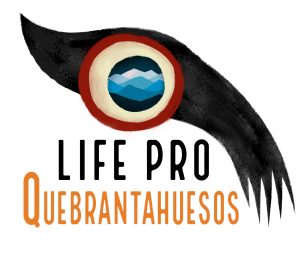Avian influenza: a new threat to birds at risk of extinction.

Tawny vultures tagged as toxic sentinels enable detection of another unexpected threat: the highly pathogenic H5N1 avian influenza virus.
The Foundation for the Conservation of the Bearded Vulture (FCQ) and the Government of Aragon have unexpectedly detected antibodies against the avian influenza virus in seven of the eight griffon vultures they have captured in the framework of the LIFE Iberian Corridors PRO Bearded Vulture program. The objective was and is to mark these vultures with satellite devices to serve as sentinels of the presence of toxic products in the natural environment. This information will help to protect the bearded vulture, especially in areas where specimens have been reintroduced.
They were looking for poison and, so far, they have found another major threat to endangered birds: the H5N1 virus, the cause of avian influenza that is spreading around the world among wild and domestic birds, and has reached the category of panzootic (the equivalent of pandemic in humans).
Routine veterinary checks carried out on the eight vultures before their re-release revealed that seven of them, healthy and virus-free at the time of capture, had antibodies, a sign that at some point they had been exposed to H5N1 infection and had overcome it. This reveals not only that the virus is already circulating among them, but also that there are individuals capable of overcoming the disease and acquiring immunity, which gives hope that it could happen with bearded vultures.
In recent months, at least three bearded vultures have been confirmed dead due to avian influenza: one of them in the zoo of Cordoba and two others in Navarra. In addition, other cases are suspected in the central Spanish Pyrenees.






